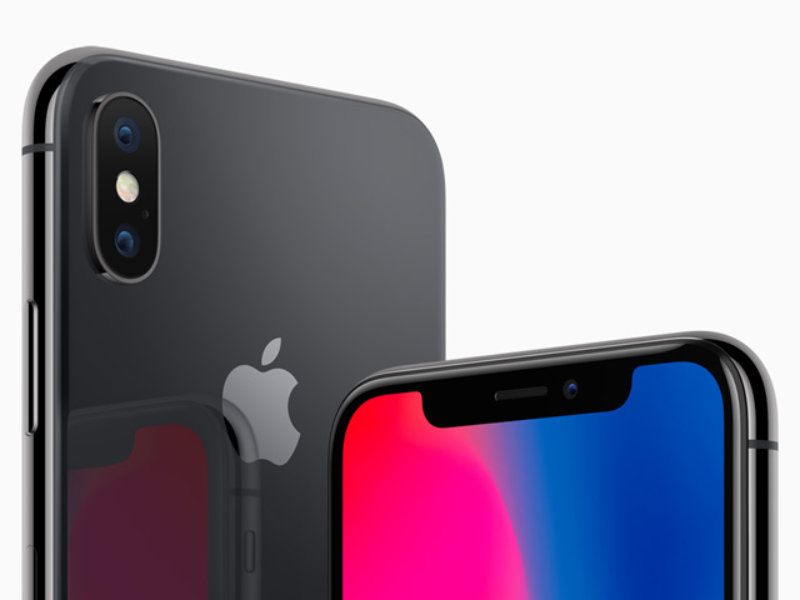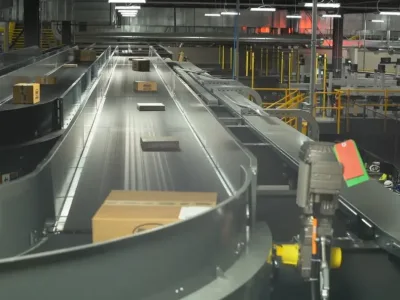
The upside to Apple’s halving of iPhone X production
And if true that has both negative and positive implications.
It could be an indicator of saturation in the global smartphone market. This has already occurred in the personal and tablet computer markets and perhaps the smartphone’s time is coming in 2018. It could be an indicator that a slow down in Moore’s Law is being reflected in features that are not sufficiently attractive to command a premium price. Or it could be that Apple just got its pricing wrong. But there are also other possibilities that speak to issues of consumerism versus ecological sustainability.
First quarter production of the iPhone X could now be about 20 million units the Nikkei report said, quoting a note written by JP Morgan analysts. Given the significance of Apple as a buyer of semiconductors – it takes about 10 percent of global output – this could have a big impact on slowing what was booming growth in the chip market in 2017 (see Samsung, Apple bought 19.5% of global chip supply in 2017 and WSTS trims 2017, boosts 2018 chip market forecasts).
The current thinking is that Apple will hit sales and profits expectations in its upcoming 1QFY18 financial results announcement on Thursday February 1, but that the iPhone X slow down could impact the forecast for 2QFY18.
For some people any reduction in the recent feverish mood of the chip market is a bad thing. Clearly those in the fabbed and fabless chip companies like plenty of demand and the chance to push prices upwards. And of course the iPhone X situation is particularly relevant to Apple suppliers such as STMicroelectronics, Dialog and AMS. But for buyers of chips a slowing of the chip market will likely come as a relief. The prices of those hard-to-order memory and logic ICs and lead times could be about to reduce as demand comes in to closer balance with supply.
Nikkei reported that there are indicators of lower than expected sales of the iPhone X in the holiday season in Europe, the US and China and that customers are opting to keep their mobile phones for longer.
Next: So what features
This implies that the additional features being brought into the latest smartphones, such as to-the-edge displays and facial recognition, are not considered worth the premium price Apple was trying to establish. Of course, having milked the early-adopting technophiles, it may be enough for Apple to trim the price back to a more reasonable level to re-ignite demand. Indeed that is Apple’s standard practice. It does appear to have over-estimated it’s initial manufacturing, but better to have iPhones warehoused than to be unable to meet demand and see customers migrate to Samsung.
But some observers are seeing the iPhone X’s relative flop as an indicator of global smartphone saturation and that the kudos that attached to a particular brand and model is going away…or at least going away from the smartphone to move on to some other product as a market driver.
That was certainly the tone of the senior executives of Taiwan Semiconductor Manufacturing Co. Ltd. who recently spoke about a series of market drivers including the PC, the mobile phone and the smartphone and the idea that cryptocurrency and IoT could be next (see TSMC talks cryptocurrency as sales driver).
Another view is that the two-year cycle of consumer electronics replacement was largely driven by the two-year cycle of Moore’s Law, made manifest in products by hardware, software and service providers because they knew what was good for their shareholders – if not for global ecology and sustainability.
Perhaps as Moore’s Law falters and computation transitions from deterministic architectures to a mix of von Neumann and neuromorphic computing, the benefits of the two-year upgrade are less apparent. There may also be a growing awareness amongst consumers that replacing a phone every two years – or even more frequently – drives enormous profits for the consumer electronics giants while making little difference to their own lives, except the cultivation of near-focus eye-strain and social-media driven anxiety.
It is to be hoped that in the coming era of voice-command, computer vision and sensor and neural networks these technologies can be used to create genuine common wealth.
Related links and articles:
News articles:
Samsung, Apple bought 19.5% of global chip supply in 2017
Gartner increases 2018 global chip forecast
WSTS trims 2017, boosts 2018 chip market forecasts
TSMC talks cryptocurrency as sales driver
 If you enjoyed this article, you will like the following ones: don't miss them by subscribing to :
eeNews on Google News
If you enjoyed this article, you will like the following ones: don't miss them by subscribing to :
eeNews on Google News




